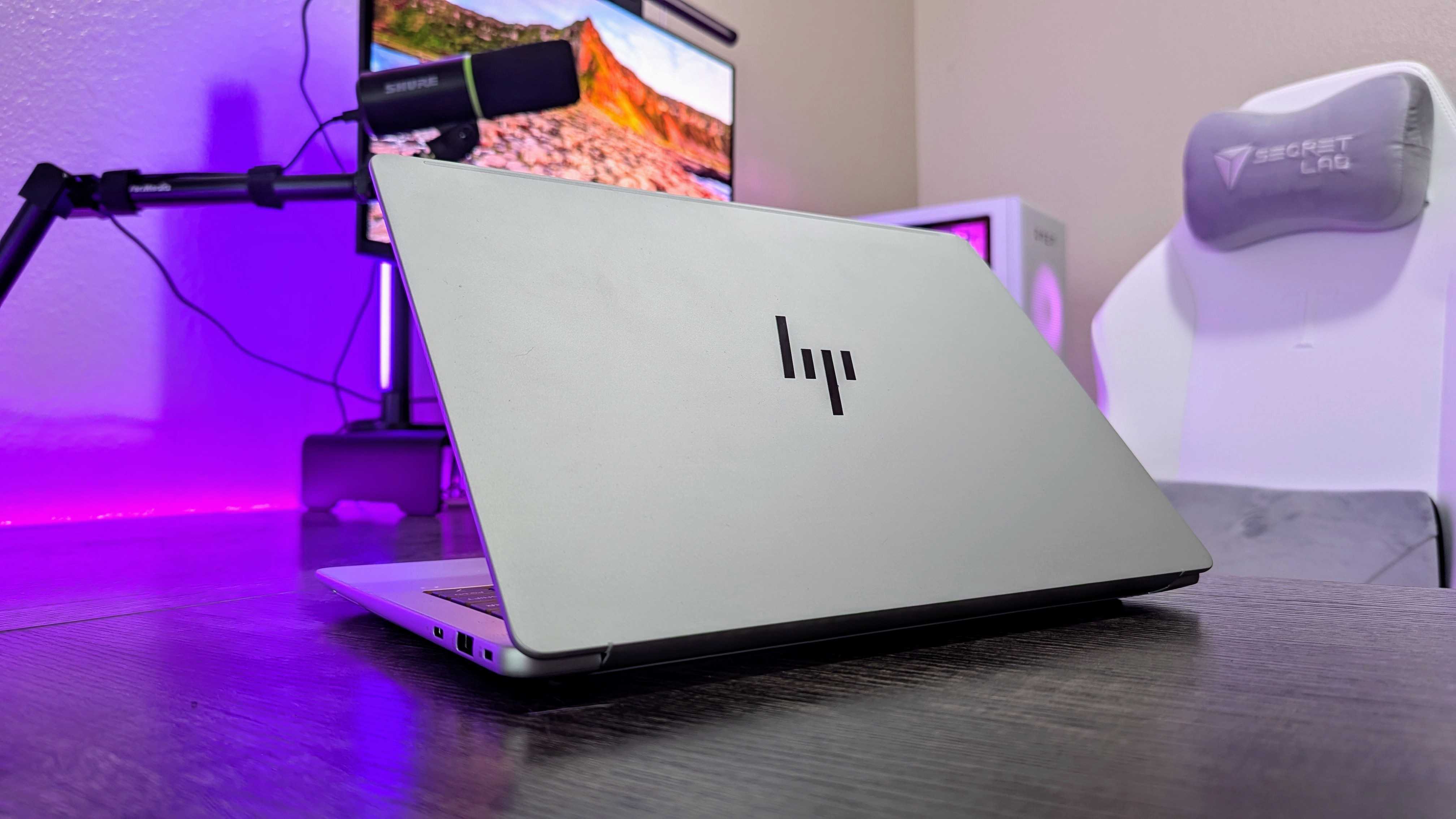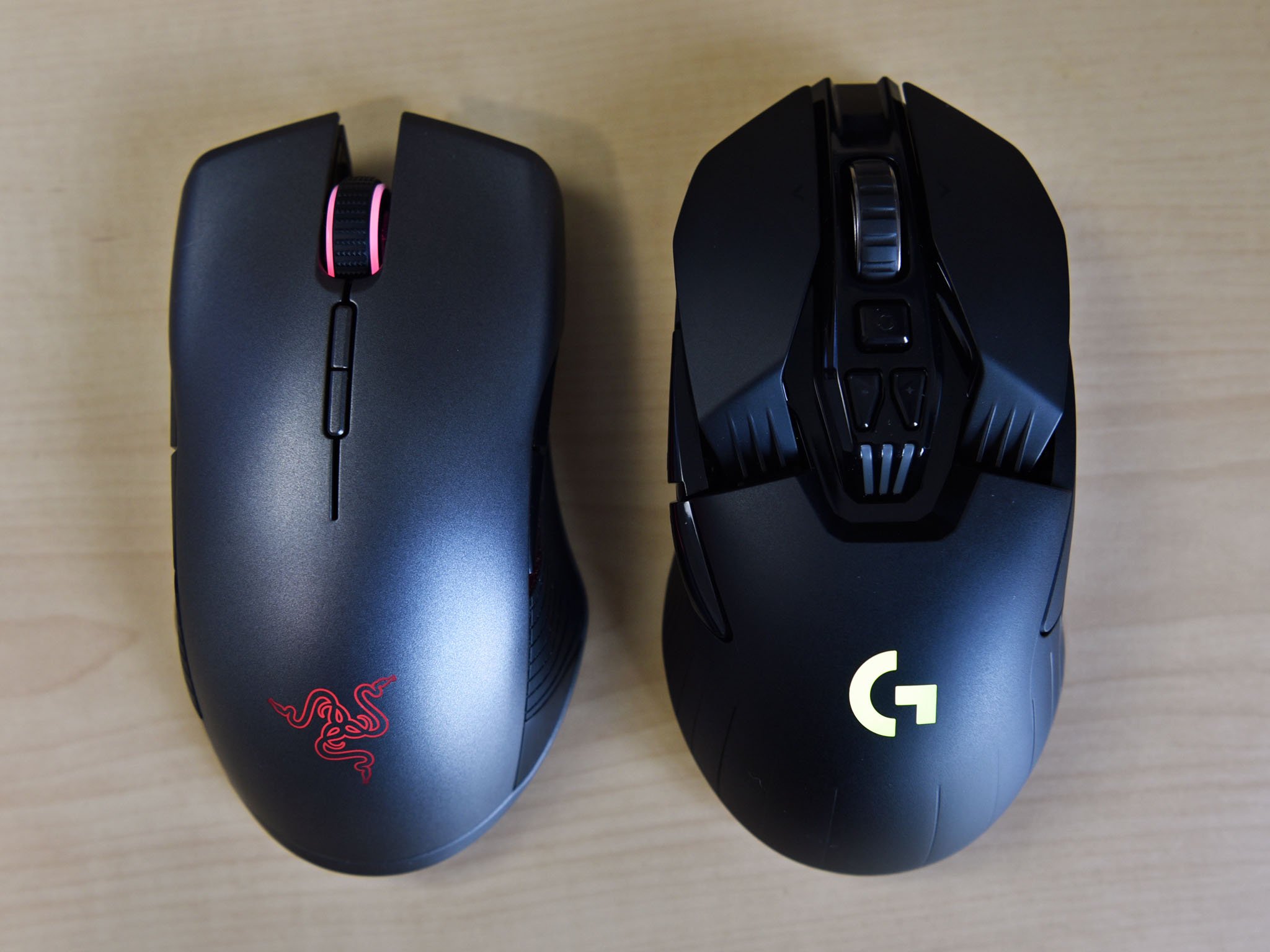
Mechanical ball mice are dead; long live optical and laser mice. While both are basically shaped the same and achieve the same purpose, what exactly are the differences between optical and laser mice? They've become quite similar over the last few years, but let's take a close look to help you decide which one is for you.
What is the technical difference between laser and optical mice?
Both laser and optical mice technically shine a light off a surface and measure the reflection in order to provide precision tracking. An optical mouse usually uses an infrared LED (sometimes photodiodes), while a laser mouse uses, you guessed it, a laser to illuminate a surface.
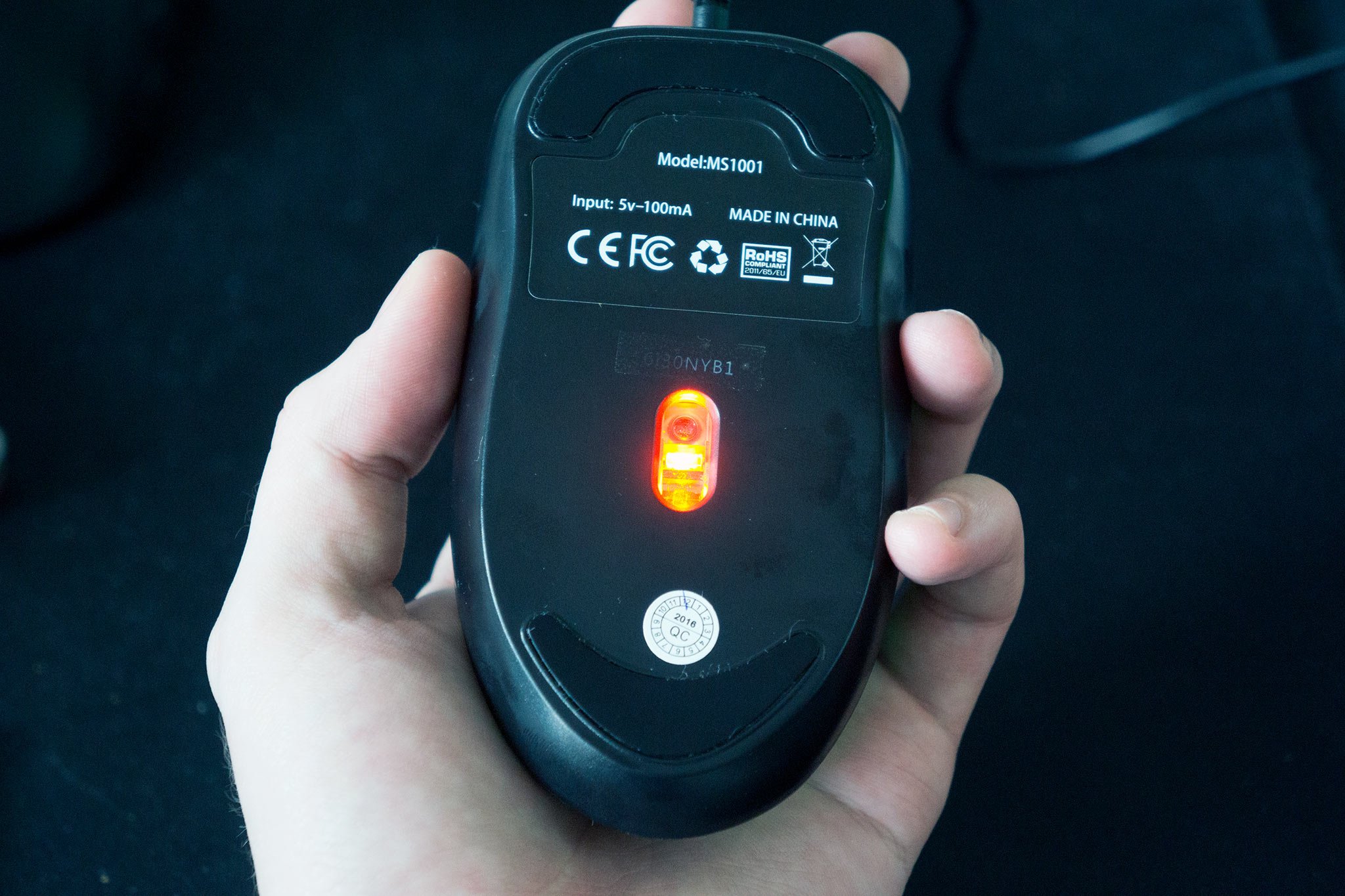
Both mice use a complementary-metal-oxide-semiconductor (CMOS) sensor to record the reflection from the laser or LED. Since both technologies are so similar, the laser vs. optical debate is quite muddied, made even more difficult by how mouse manufacturers are making high-quality laser and optical mice that are often difficult to choose between.
Is there any difference between laser and optical mice?
What surfaces do laser and optical mice work on?
In order to track movement, optical and laser mice shine a light, the CMOS sensor records the pattern, and the process is repeated while comparing the pattern to the previous image. This can happen thousands of times per second.
Traditionally, since an LED can't really permeate a surface, it's best used on non-glossy surfaces. Mousepads work best, although recent strides in infrared LEDs are making it easier to use some optical mice on more surfaces.
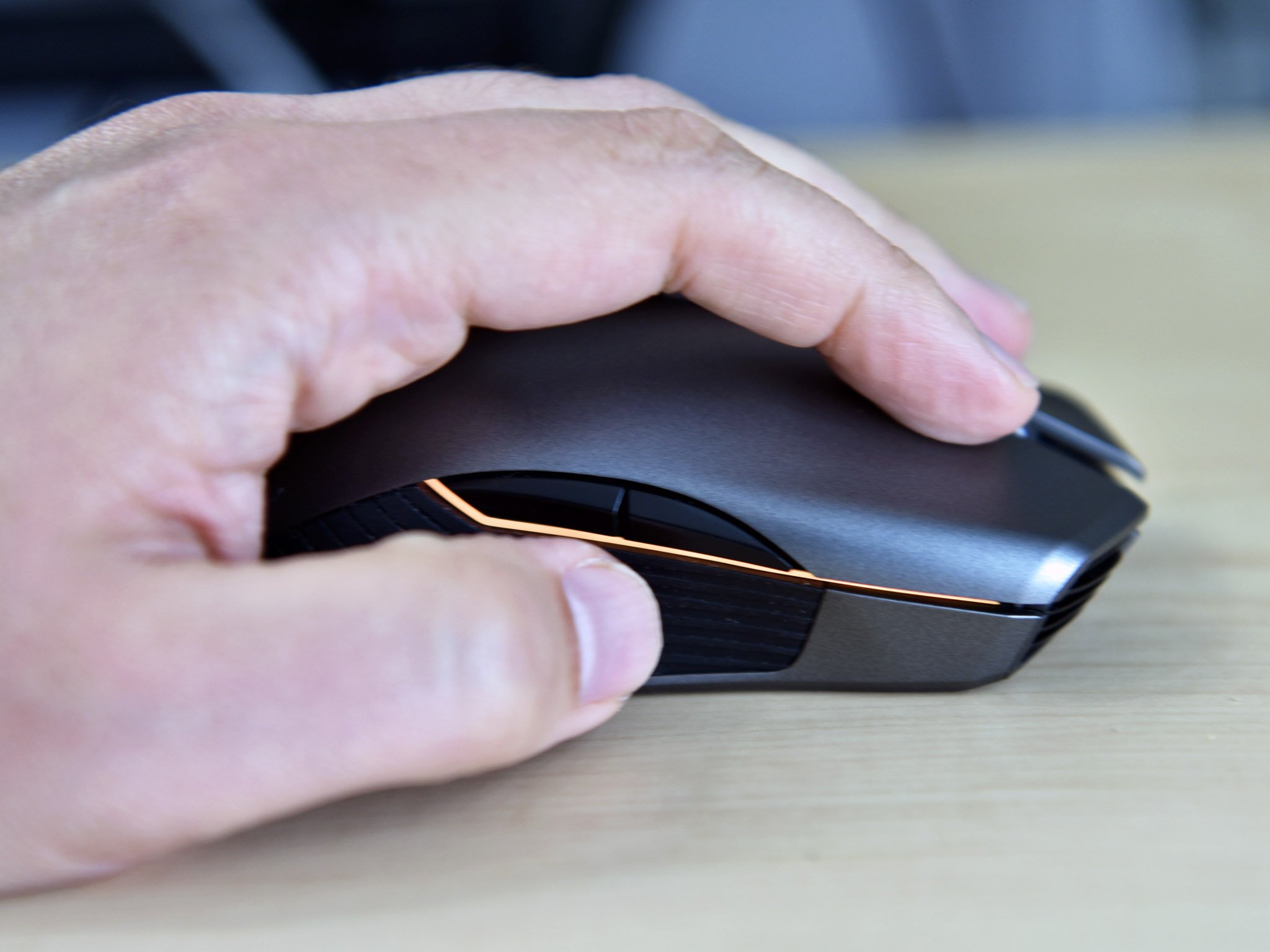

Lasers, on the other hand, do a better job of permeating a surface for a more precise look and are thus able to work on more surfaces, including glass. However, because laser mice can permeate deeper into a surface, they are more susceptible to picking up too much information and becoming inaccurate, especially at high speeds. Many people view this problem as having to do with acceleration, but in reality, it's more like a scanning problem.
Get the Windows Central Newsletter
All the latest news, reviews, and guides for Windows and Xbox diehards.
As a basic example, if you swipe your laser mouse quickly in a horizontal line, you should be able to pull your hand back slowly to its starting point and have the cursor on your screen in the same position. However, because a laser mouse picks up more of a surface (and can't read as accurately when traveling quickly), it's also going in different directions than horizontally, resulting in less overall travel in one direction. The bottom line is that a laser mouse is going to have about a five times larger discrepancy in tracking between high and low speeds than an optical mouse.
Do DPI and polling rates matter for laser and optical mice?
Dots per inch (DPI) is the measurement of how sensitive your mouse is to movement. If you have a high DPI setting on your mouse, your cursor will move further on the screen for the same hand movement than if you have a low DPI setting.
In the past, CMOS sensors were less accurate than they are now, which often resulted in a mouse tracking better when it had a higher DPI. Now, however, many CMOS sensors on high-end mice are so accurate that they can work accurately with any DPI. In the past, laser mice were found with higher DPI options, and while this is still generally true, you can find optical mice with high DPI options.
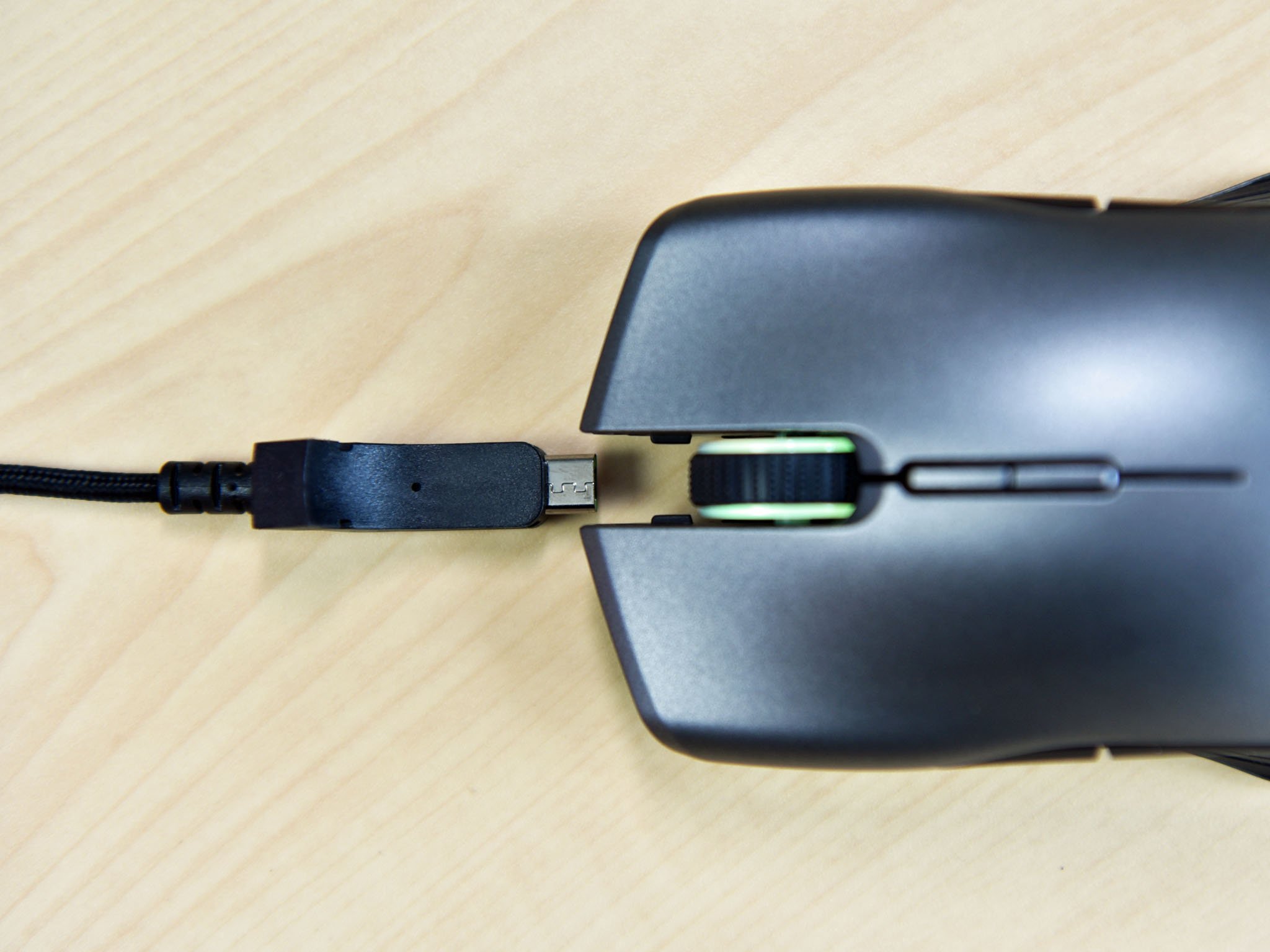
Polling rates are essentially the response time of a mouse, measured in hertz (Hz). If a mouse has a polling rate of 500Hz, that means it is sending its position to your PC 500 times every second. While a high polling rate means you're getting more accurate tracking, your processor might not be able to keep up, and you'll experience a hit to performance.
A lot of bargain mice have a 125Hz polling rate, while gaming mice — both optical and laser — often have a polling rate of 1000Hz. The polling rate is really based on preference, and many people go for a middle ground of 500Hz.
Whether you're choosing a laser or an optical mouse, high-end options should always let you choose a suitable DPI and polling rate.
What is the price difference between laser and optical mice?
Whereas in the past laser mice were, in most cases, more expensive, this divide has also narrowed to be pretty much non-existent. For example, you can buy this highly-rated Redragon Mammoth laser gaming mouse for about $27. Similarly, a highly-rated optical gaming mouse from Logitech is about $30.
What price comes down to now is less about the tracking technology and more about the added buttons and lights. Massively multiplayer online RPG fans or those into multimedia editing can take advantage of mice with plenty of extra buttons on the sides, while others prefer a mouse with a ton of color combinations to match their tower and keyboard's lighting.
How long do batteries last in wireless laser and optical mice?
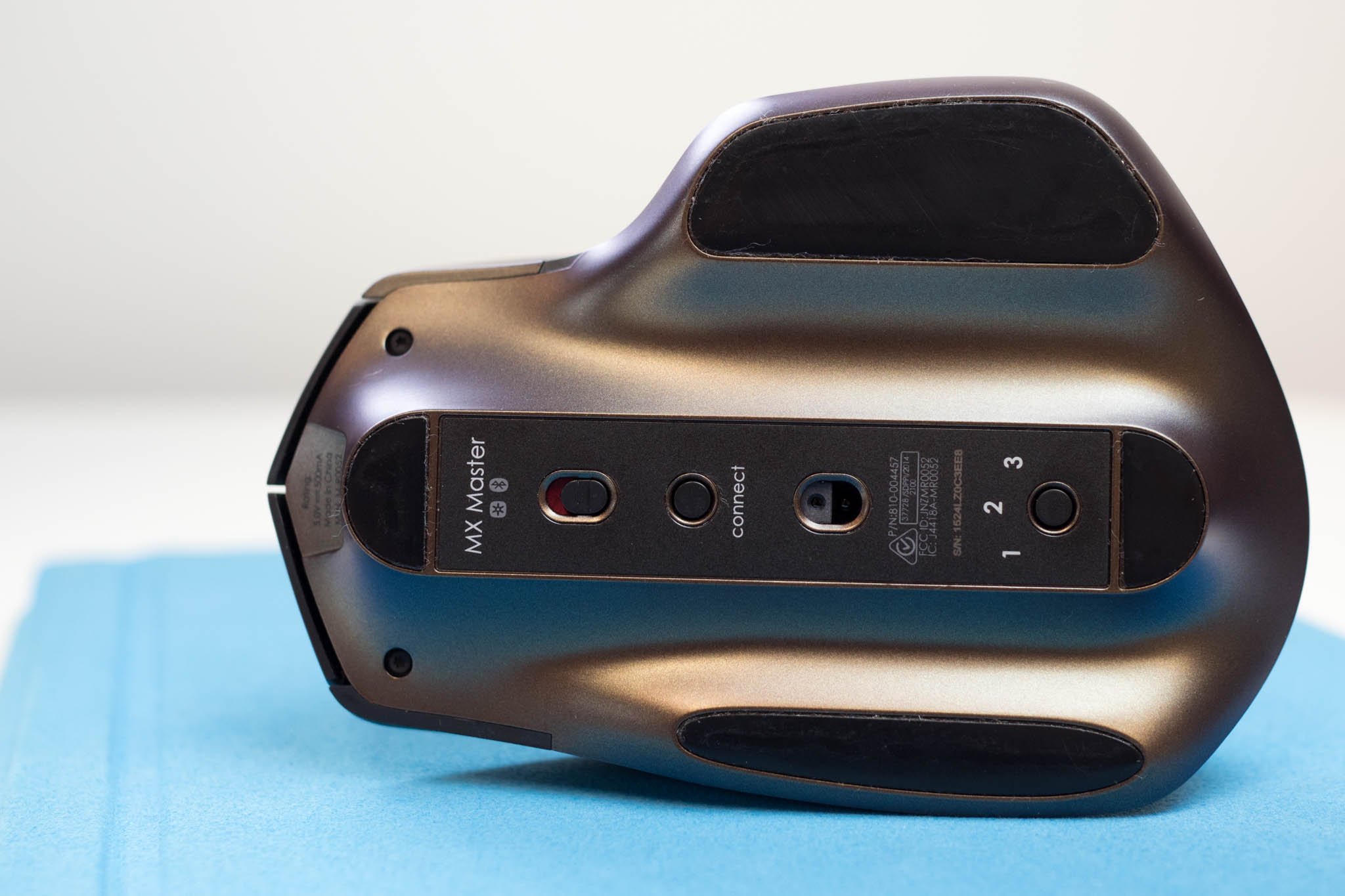
The battery life in wireless mice is less about the tracking technology and more about what the manufacturer uses for power and the specs the mouse is sporting.
In general, a high-quality laser mouse will last longer than a budget optical mouse, whereas a high-quality optical mouse will last longer than a budget laser mouse. If you have a gaming mouse with RGB lighting, a high DPI, and a high polling rate, the battery will no doubt need charging every few days.
If you have a standard mouse with no extra features, however, you might go months without changing the battery. Before buying either a laser or optical mouse, be sure to read plenty of reviews to figure out what has the best battery life.
Wired or wireless: which mouse is right for you?
More resources
Do you have anything to add that can clear up some misconceptions about laser vs. optical mice? Let us know! For more information about mice, be sure to check out these links.
- Best gaming mice for MOBAs
- Best mice for PC gaming
- Best portable mouse for PC
- Best gaming mousepads of 2017

Cale Hunt brings to Windows Central more than eight years of experience writing about laptops, PCs, accessories, games, and beyond. If it runs Windows or in some way complements the hardware, there’s a good chance he knows about it, has written about it, or is already busy testing it.
